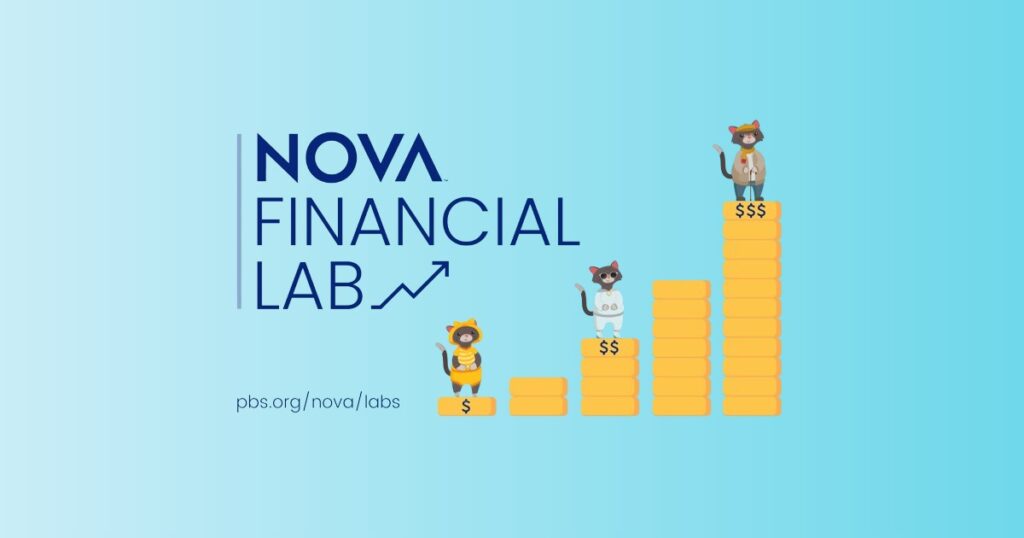
Content Partner
Grades 6-8, 9-12
Happy EconEdMonth! Celebrate economics all month long by visiting EconEdMonth.org

Don't have an account yet? Sign up for free
Don't have an account yet? Sign up for free


This lesson has students choose a job or business to engage in during non-school hours. They then devise a strategy of whom to target and how to begin pursuit of their chosen endeavor.
Introduce the lesson by asking your students questions about jobs: What kinds of jobs do kids do? Who pays them? What kind of job would you like to do? Discuss the Responses.
Part 1
 Initiate the activity by telling the students that if they want to work after school or over the summer, there are lots of things they can do. They can sell products, provide services, work for others, volunteer, or start their own businesses. Ask them to think more specifically about the jobs they can think of that kids do. Suggest to the students that there are many possibilities, such as delivering papers and mowing lawns. Ask the students what their older brothers and sisters do to make money. Have the students take out a piece of paper and make a list of everything they can think of.
Initiate the activity by telling the students that if they want to work after school or over the summer, there are lots of things they can do. They can sell products, provide services, work for others, volunteer, or start their own businesses. Ask them to think more specifically about the jobs they can think of that kids do. Suggest to the students that there are many possibilities, such as delivering papers and mowing lawns. Ask the students what their older brothers and sisters do to make money. Have the students take out a piece of paper and make a list of everything they can think of.
When they are finished, they should get together with their classmates and combine all their lists into a master list. Compiling a master list of ideas, accessible to all the students (on the blackboard or by other means), will give each individual student access to ideas he or she might otherwise not have thought of. The following is an extensive, though not exhaustive, list of suggestions.
NOTE: The lists compiled by the students will be age-appropriate to the students in that the students are more likely to think of jobs that they would be able to do. The teacher can then fill in the gaps to ensure that the students learn concepts in this lesson, while simultaneously allowing the class’s agenda to focus more on engaging in age-appropriate endeavors.
|
|
Part 2
Explain to the students that in order to get a job or start a business, there has to be someone out there to hire you, or to pay you for the goods or services you are providing. These people fall into three major categories. Discuss and explain the three categories described below with the students.
Employers: An employer has a business and hires you to do work for that business. Employers pay you for your labor.
Clients: You have some sort of business in which you offer a service, and clients pay you to provide that service.
Customers: You offer to sell some sort of good, and customers buy that good from you.
Have the students take a look at the master list of jobs and businesses. Then have them answer the following questions as they relate to the jobs on the master list.
 Part 3
Part 3
The next activity should focus on getting a job or having a successful business. Tell the students that to do this you must get connected with those who will pay you for your labor, goods, or services. Have the students answer the following questions as they relate to this concept.
At this point, the students should choose a job or business off the master list that most interests them. The following questions will relate solely to the job or business that each student has chosen.
 In order to plan a strategy for connecting with a source of income (employers, clients, customers), the students need to know about certain words that start with the letter “A.” Will they:
In order to plan a strategy for connecting with a source of income (employers, clients, customers), the students need to know about certain words that start with the letter “A.” Will they:
Now the students are ready to plan they strategy. To do so, they should complete the Job Planner Activity.
[You may conduct the final activity with whatever degree of depth and formality you deem appropriate. Students who intend to advertise may wish to use art and copying supplies to create flyers or other forms of advertising. Those who will seek employment may wish to look at classified ads or identify businesses that might hire them. Those who intend to provide goods can be encouraged to flesh out the strategies they will employ in enticing customers to purchase their wares. Small group or individual attention may be required to determine each student’s optimal strategy.]
This lesson is geared towards students in the 3-5 and 6-8 grade ranges. However, with some alterations, some of the lesson activities contained herein may be adapted to suit the needs of more enterprising children in the K-2 range.
Make sure the students know that if they plan to get a job or start a business, they will need their parent’s permission to start working. They can tell their parents of their plan, and show them their strategy. Chances are, the parents will be very proud. Make sure the students respond to the following questions.Who will be paying for their work? Will it be an employer, a client, or a customer? Who will determine how they get paid, and how much? If they run their own business (perhaps providing a good or service to a neighbor), do they get to determine your own income? Is that an advantage? One thing the students may find from working is that money they have earned usually seems more valuable than money that was given to them!
NOTE: Assuming that the students actually pursue their chosen endeavors, it might be interesting to devise a long-term project, tracking their progress and, at a later date, determining whether the students succeeded in creating and developing further a successful enterprise.
Throughout this lesson, students are producing written materials and answers to direct questions; their materials and answers can be assessed as evidence of their learning. Students are also producing advertising and employment-seeking strategies, and you may choose to judge the merits of this work, including its cogency, clarity, thoroughness, and potential for success.

Content Partner
Grades 6-8, 9-12

Grades K-2, 3-5

Grades 6-8

Grades 3-5, 6-8
